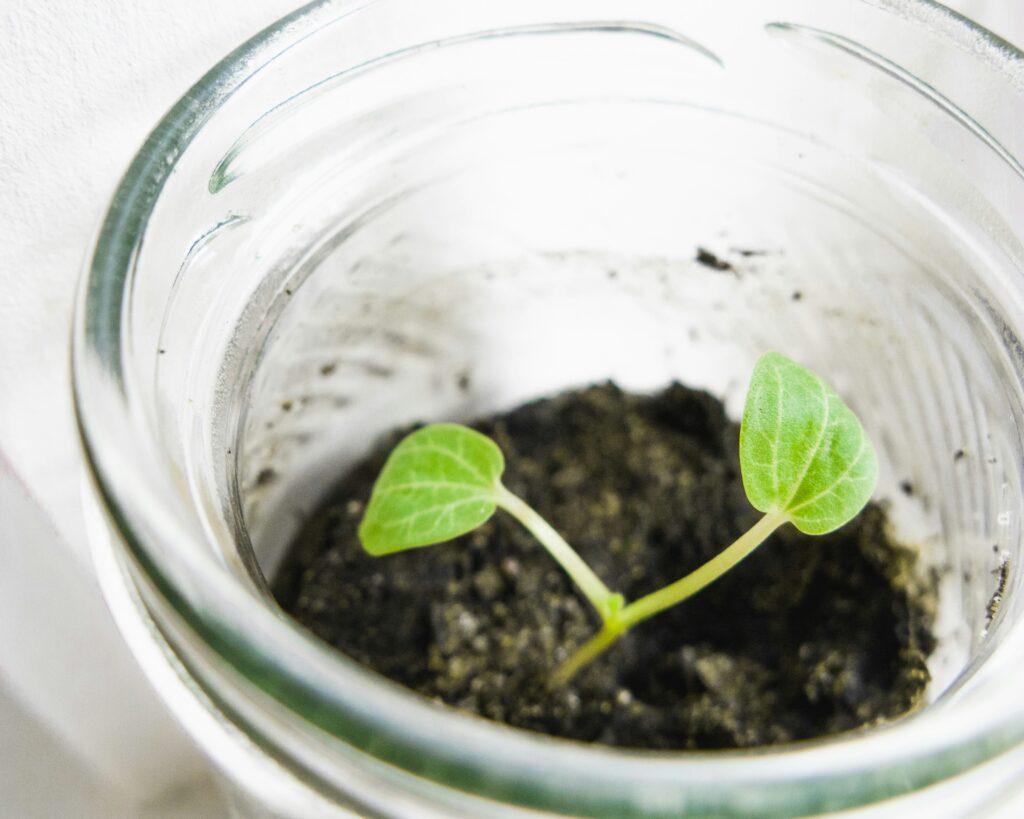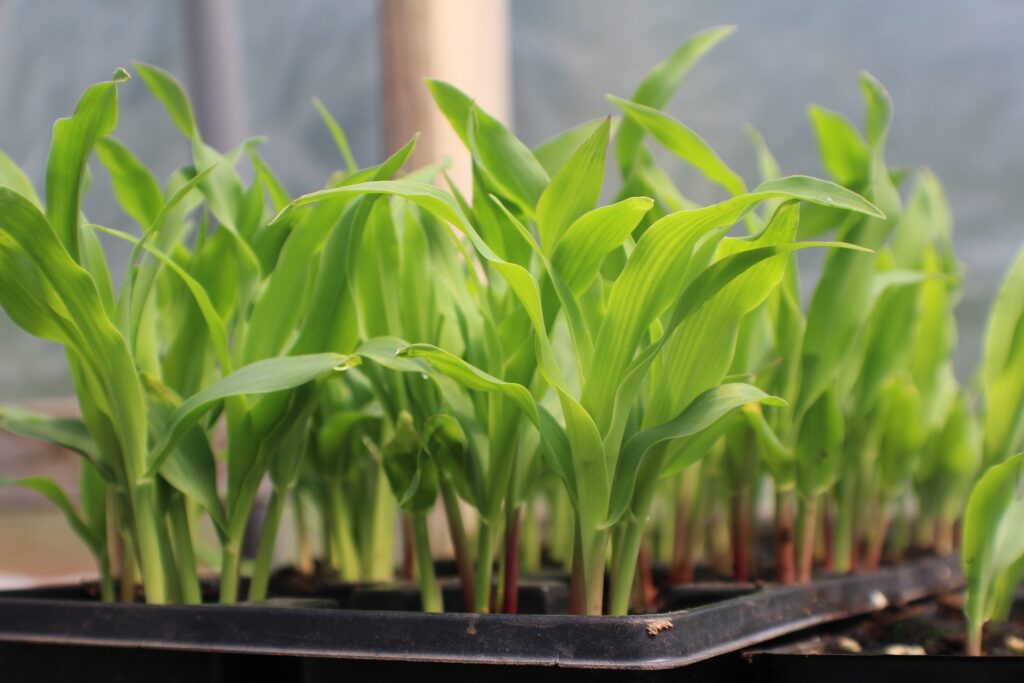Growing fresh vegetables does not require a large yard.
Start a vegetable garden in a container to begin growing veggies. Such a garden is beautiful since it may be found practically anywhere, on a rooftop or patio. Vegetable container gardening helps you steer clear of most soil-borne illnesses by establishing the ideal growing conditions in a pot. Additionally, a container vegetable garden keeps fresh flavors close at hand and makes the yield easily accessible.
Select the appropriate pot size.
What tem The first step in growing veggies in pots is to choose the right size container.The type of vegetable you are producing will determine the optimal size. For example, you may get away with a relatively small (10-inch) pot for plants like bush beans or leaf lettuce, but an eggplant or bush-type tomato requires a larger (18-inch) pot. Observe these rules.
In a 10-inch pot, plant:
lettuce leaf (1)
Swiss chard one (1)
bush beans (one)
Carrots (round, French) (11–12)
turnips (4)
In a 14-inch pot, plant:
tiny sweet corn (6–7)
kohler (1)
collars, one (1)
carrots (ages 9 to 10)
Edamame (2)
peas (4)
leaf lettuce (three to four)
spinach (three to four)
Arugula (3)
Fill an eighteen-inch pot, or more, with:
pole beans with three to six trellises, based on the kind of trellis
broccoli first
Cauliflower (1)
one eggplant
chili (1)
determinant tomato with assistance (1)
In a pot that is 24 inches (or bigger), plant:
ambiguous tomato and cage (1)
Cucumber (1)
summer squash, one (1)
arugula (1)
Any size pot you use for vegetable gardening needs to include drainage holes so that any extra water can escape. If not, overwatering will likely cause your plants to drown.

What temperature is best for growing a garden indoors?
The ideal temperature range is 70–72 °F. However, it’s a good idea to assume that plants will feel comfortable in anything that humans find comfortable. Leafy greens are an exception. Since they can withstand lower temperatures, consider planting leafy greens in a room in your house or apartment that gets cooler during the fall, winter, or spring.
Select a sunny area.
Whenever possible, locate your container vegetable garden in an area that receives at least six hours of sunlight per day. (Be aware that pots set on the pavement can heat up and require more water.) By positioning pots in a microclimate, you can manipulate the growing season while growing vegetables in pots. For example, placing pots along a wall facing south in the early spring heats the soil quickly, allowing planting earlier. When frost threatens in the fall, a wall facing south or west can help prolong the growth season by retaining heat.
Remember to drink water.
The key to successful container gardening is watering, as pots dry up far more quickly than in-ground gardens. More water is required by plants to keep healthy and produce a crop as vegetables grow and their roots fill the soil. Every day, you should inspect the soil and water it if the top inch gets dry. Installing a drip irrigation system, which is available in easy-to-assemble kits online and at home improvement stores, is an additional choice that will take care of the watering for you.
FQS
An indoor herb garden: what is it?
a herb garden.
How can I cultivate an herb garden indoors?
It’s comparable to growing plants indoors.
Plant your garden next to a window that faces east or south. If natural light is not an option, you can still utilize growing lights.
Select a growing medium—an organic growing mix would be ideal.
Provide just enough water to keep the soil damp but not wet for the roots. We recommend growing herbs in separate containers if their watering requirements differ.
Which herbs are suitable to grow in an indoor garden?
We recommend parsley, cilantro, basil, chives, and rosemary.
What kind of temperature is ideal for my indoor herb garden?
We recommend setting the temperature between 70 and 72 °F, which is comparable to the temperature of an indoor vegetable garden. You can move your herbs outside whenever the weather reaches approximately 65 °F. You should then bring them inside when the temperature lowers, usually at night.
How can I keep my herbs if I don’t utilize them all at once?
One excellent way to use your produce all year is to preserve it as herbs. Herbs can be frozen and used as needed by placing them in ice cube trays and filling them with water or olive oil. Alternatively, you can dry-cure herbs in salt jars.
